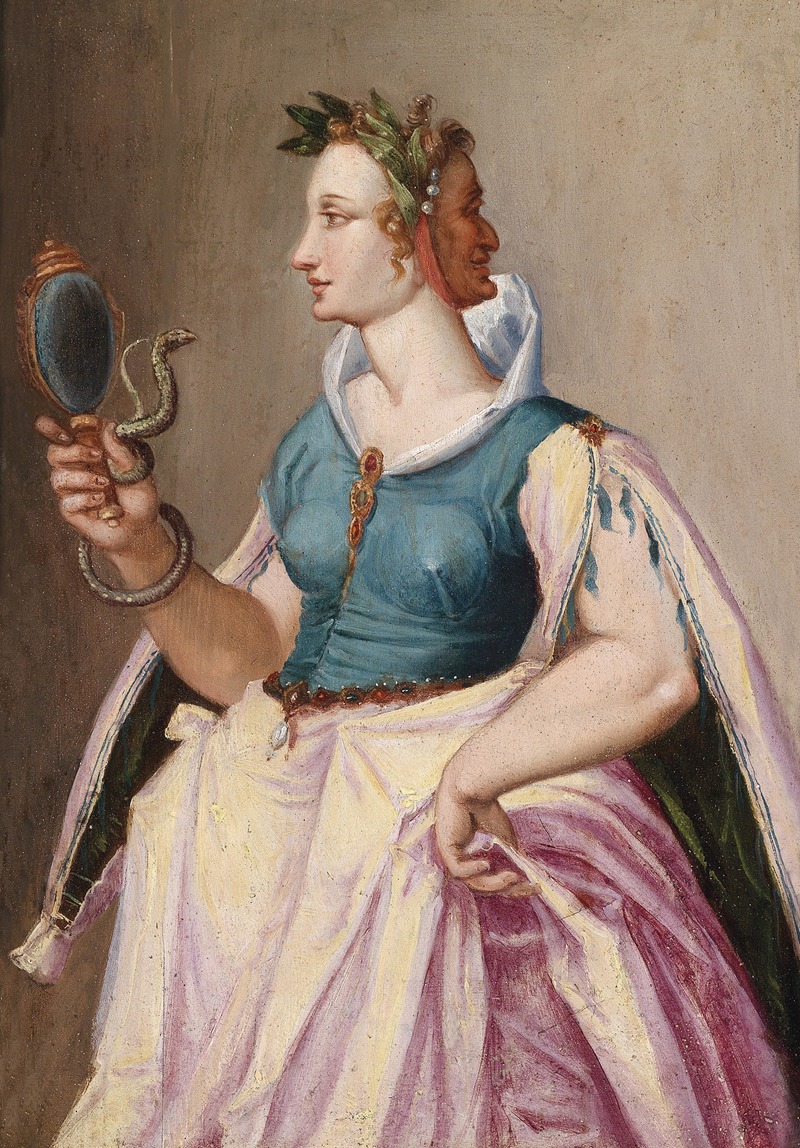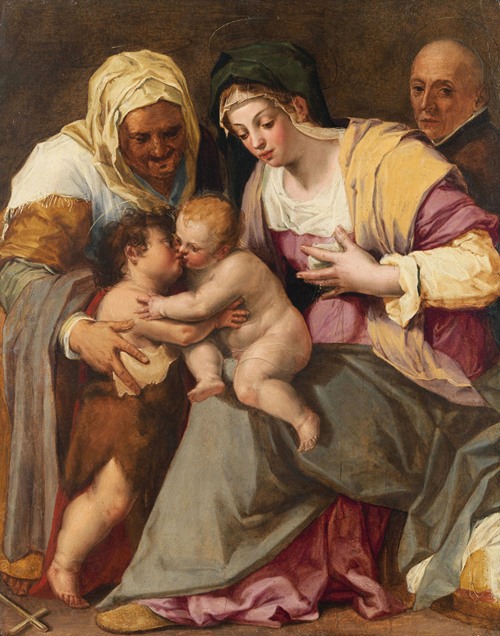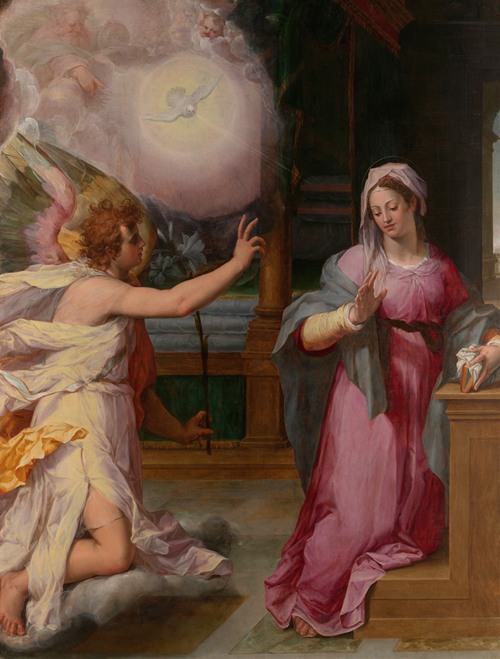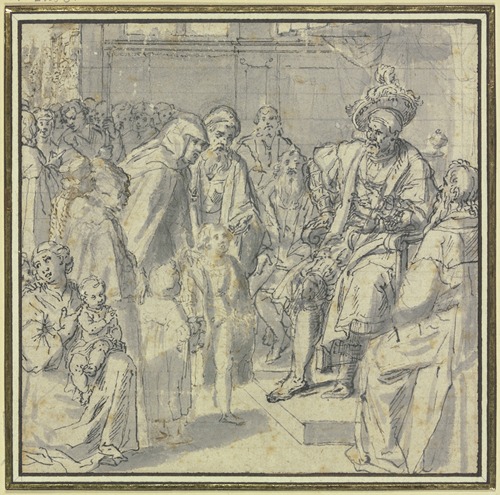
Peter de Witte, known in Italy as Pietro Candido and in Bavaria as Peter Candid was a Flemish-born Mannerist painter, tapestry designer and draughtsman active in Italy and Bavaria. He was an artist at the Medici court in Florence and at the Bavarian court of Duke William V and his successor Maximilian I in Munich.
Candid was born in Bruges and moved with his parents to Florence at the age of 10. His father Elias was a tapestry weaver who had been hired by the newly opened Medici weaving workshop, the Arazzeria Medicea, which was led by the Flemish master Jan Rost. The original Flemish family name was 'de Witte'. The word 'witte' means 'white' in Flemish and that is why the family adopted the Italian family name' Candido' in Italy, an Italian word which also means 'white'. Peter would change his family name to 'Candid' after he moved to Germany.
Peter started his apprenticeship in Italy in the early 1560s under an unknown master. The earliest known record of Candid's work as an artist is in relation to payment for a fresco made in Florence in 1569. He is first mentioned as a member of the 'Accademia delle Arti del Disegno' in 1576. The Accademia delle Arti del Disegno was a prestigious academy of artists in Florence whose members have included Michelangelo Buonarroti, Lazzaro Donati, Agnolo Bronzino, Benvenuto Cellini and others. Beginning in 1578 he painted a series of three altarpieces for churches in Volterra, including an Adoration of the Shepherds (1580) and a Lamentation over the Dead Christ (1585–86, Pinacoteca Civica). The 16th century Flemish biographer Karel van Mander who knew Candid when he visited Italy, recounted that Candid worked with Giorgio Vasari on the Sala Regia in the Vatican and on the cupola of the Florence Cathedral. After working in Rome at the Sala Regia in the years 1582 and 1583, he returned to Florence.
By 1586 he was called to the Ducal court of Munich upon the recommendation of the sculptor Giambologna, another Flemish artist working in Italy with whom Candid was closely associated. He was first court painter to Duke William V of Bavaria and later Maximilian I of Bavaria. For the Duke and Elector Maximilian, Candid worked on several fresco cycles in numerous buildings, including the Antiquarium and the State Rooms of the ducal palace Munich Residenz and the State Room in the Schleissheim Palace and made the designs for the ceilings of the Goldener Saal in the Augsburg Town Hall. In the period 1600 to 1628 he was the leading artist in Munich. He was also active as an art dealer and had business dealings with Philipp Hainhofer, a merchant, banker, diplomat and art collector in Augsburg remembered, among other things, for his curiosity cabinets.
He married and had five children, including a son Wilhelm (fl 1613–25), who was a painter but after 1625 became a court official. His daughter married the engraver Filips Sadeler in 1624.
He was the teacher of Johann Ulrich Loth. He died in Munich.



